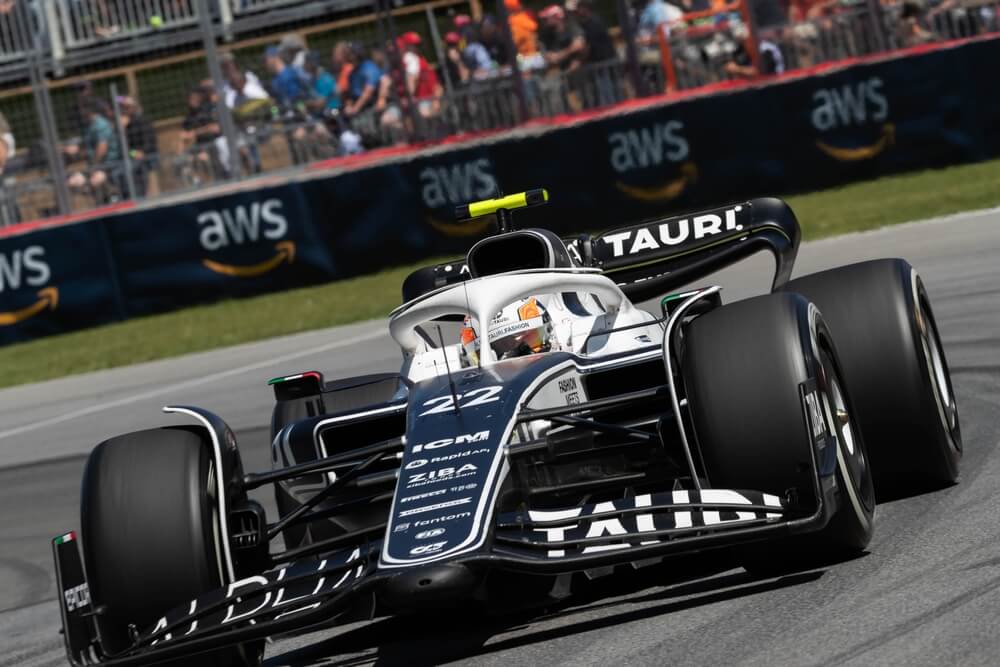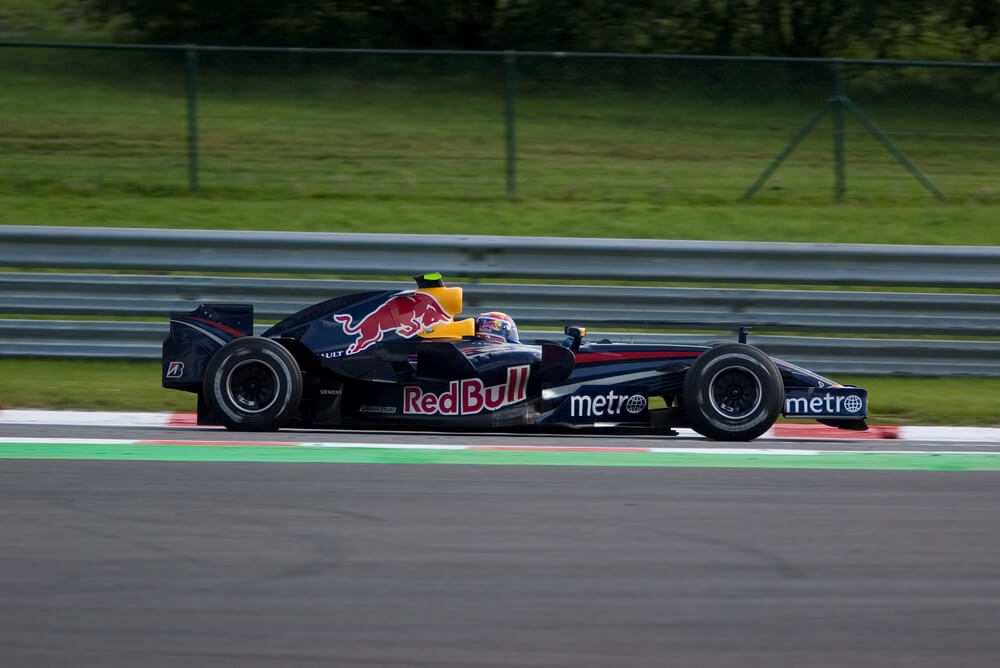Formula One racing is a thrilling and high-stakes sport that requires drivers to navigate complex and challenging tracks at incredible speeds. One of the most important factors that can make or break a driver’s performance on the track is the phenomenon known as oversteer.
In this article, we will explore what oversteer is, how it affects a car’s performance, and what drivers can do to correct it.
Table of Contents
Watch this video to understand more about understeer and oversteer in F1.
What is Oversteer?
Oversteer is a term used to describe the behavior of a car when the rear wheels lose traction and slide out towards the outside of a turn. This can occur when the car is turning too sharply, or when the driver applies too much throttle while turning. Oversteer is the opposite of understeer, which is when the car’s front wheels lose traction and slide towards the outside of a turn.
There are many factors that can contribute to oversteer in Formula One cars. These include the car’s suspension setup, aerodynamics, tire pressure, and weight distribution. Each of these factors can have a significant impact on how the car behaves on the track, and a skilled driver must be able to navigate them effectively.
Causes of Oversteer in Formula One Cars
Suspension Setup
The suspension setup of a Formula One car is a critical factor that can impact the car’s handling and performance on the track. If the suspension is too stiff, the car may be more prone to oversteer. On the other hand, if the suspension is too soft, the car may be more prone to understeer.
Aerodynamics
Aerodynamics is another crucial factor that can contribute to oversteer in Formula One cars. If the car’s aerodynamics are not properly balanced, the rear wheels may lose traction and slide outwards during turns. This can be especially problematic on high-speed tracks where the car is traveling at high speeds.
Tire Pressure
The pressure of the tires on a Formula One car can also impact how the car behaves on the track. If the tire pressure is too high, the car may be more prone to oversteer. Conversely, if the tire pressure is too low, the car may be more prone to understeer.
Weight Distribution
The weight distribution of a Formula One car can also impact the car’s handling and performance on the track. If the weight is distributed too much towards the rear of the car, the car may be more prone to oversteer. On the other hand, if the weight is distributed too much towards the front of the car, the car may be more prone to understeer.

Effects of Oversteer on a Car's Performance
Oversteering can have a significant impact on a car’s performance on the track. When a car experiences oversteer, the grip on the rear tires is reduced, which can lead to a loss of control. This can result in slower lap times, increased tire wear, reduced cornering speed, and an increased risk of spinning out.
How to Spot Oversteer
Spotting oversteer on the track is an important skill that all drivers must master. There are several visual and sensory cues that can help drivers identify oversteer early and take corrective action.
Visual cues include the car’s rear end sliding out towards the outside of a turn, as well as the car’s body roll and angle of attack. Sensory cues include the feel of the car through the steering wheel and pedals, as well as the sound of the engine.
Telemetry data analysis is also an important tool for identifying oversteer. Drivers and their teams can use data from the car’s sensors to identify patterns and trends in the car’s behavior, which can help them adjust their driving and setup accordingly.
How to Correct Oversteer
Correcting oversteer is a skill that requires practice and experience. There are several techniques that drivers can use to correct oversteer and maintain control of their car on the track.
One technique is known as countersteering. When a car experiences oversteer, the driver can turn the steering wheel in the opposite direction to the turn, which will help to bring the car back under control. This technique can be effective, but it requires quick reflexes and a good understanding of the car’s behavior.
Another technique is to modulate the throttle and brakes. When a car experiences oversteer, the driver can release the throttle or apply the brakes to transfer weight to the front of the car and regain control. This technique can be particularly effective on high-speed tracks where the car is traveling at high speeds.
Adjusting the car’s setup is also an important way to correct oversteer. Drivers and their teams can make adjustments to the car’s suspension, aerodynamics, tire pressure, and weight distribution to reduce the risk of oversteer and improve the car’s handling and performance on the track.
Frequently Asked Questions
1. What is oversteer in Formula One?
2. How do drivers identify oversteer in Formula One cars?
3. What are some techniques for correcting oversteer in Formula One?
4. How important is the car's setup in preventing oversteer in Formula One?
Conclusion
In conclusion, oversteer is a complex and challenging phenomenon that can have a significant impact on a Formula One car’s performance on the track. By understanding the causes and effects of oversteer, as well as the techniques for identifying and correcting it, drivers can improve their skills and stay competitive in this exciting and demanding sport.
Remember, a skilled driver must be able to navigate the many factors that can contribute to oversteer in Formula One cars. Suspension setup, aerodynamics, tire pressure, and weight distribution all play a critical role in how the car behaves on the track. By mastering these factors and techniques for correcting oversteer, drivers can stay ahead of the competition and achieve their goals on the track.
Article sources
Learn more about Formula One
Want to learn more about F1? Then visit our Formula 1 glossary and dictionary.



